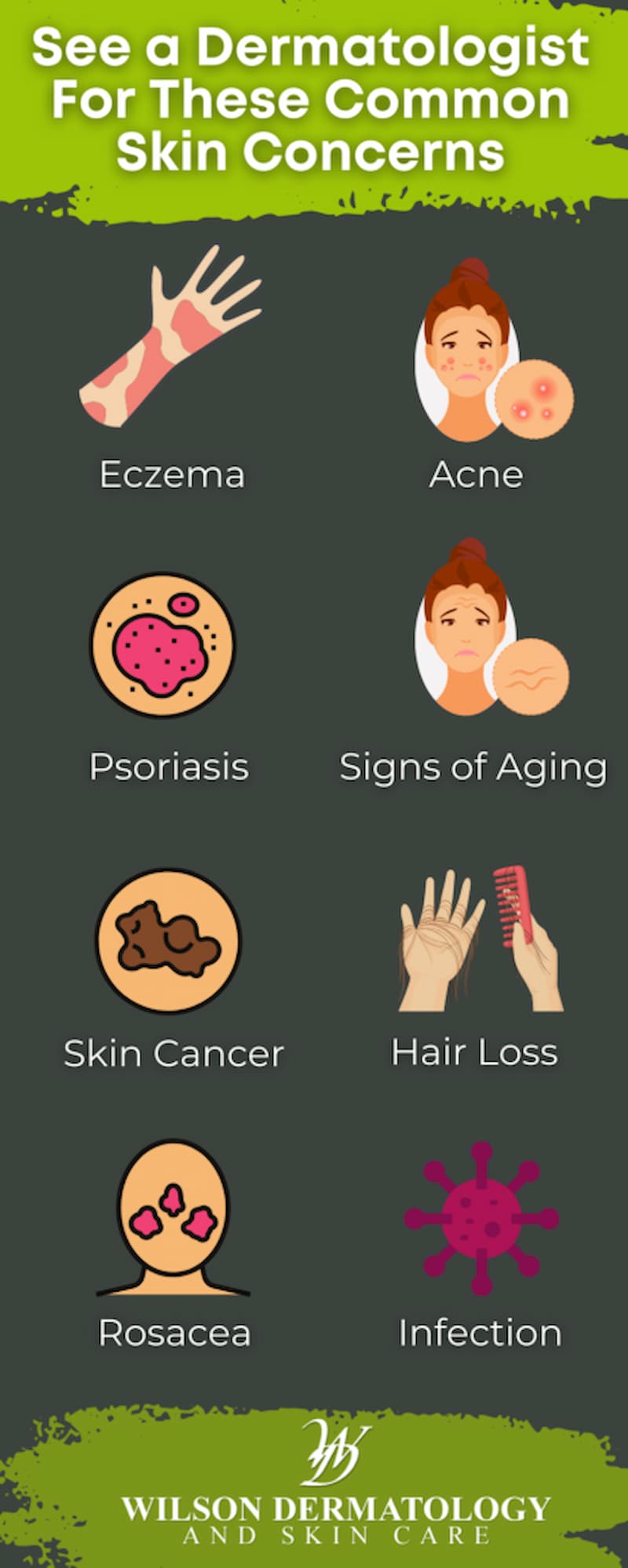Navigating Skin Cancer Treatment: The Vital Duty of Mohs in Modern Dermatology Practices
Skin cancer cells, an overwhelming diagnosis, frequently leaves patients facing various treatment choices. Among these, Mohs surgical procedure stands as a beacon in modern-day dermatology, renowned for its thorough strategy to cancer cells elimination and preservation of bordering healthy and balanced tissue. This innovative technique assures not only remarkable cosmetic end results yet likewise uses instant results, relieving person anxiety. As we explore the details of this treatment, one will certainly value its critical function in skin cancer therapy.
Comprehending Skin Cancer: Types and Risks
Skin cancer cells, a potentially serious condition, is much much more prevalent than many individuals realize. This illness, created by the unrestrained growth of unusual skin cells, mostly results from DNA damages because of exposure to the sunlight and ultraviolet (UV) light. There are three main kinds of skin cancer cells: Basal cell cancer, Squamous cell cancer, and Cancer malignancy. While the former two are less lethal and compose most of detected situations, melanoma is one of the most dangerous. It accounts for just regarding 1% of skin cancer cases but triggers the large majority of skin cancer cells deaths - skin cancer. Danger factors include fair skin, background of sunburn, too much sunlight exposure, living at high elevations or near the equator, having lots of moles, a household background of skin cancer, and damaged body immune system.
What Is Mohs Surgical treatment and Exactly How It's Changing Skin Cancer Treatment
In spite of the various treatments currently available for skin cancer cells, Mohs surgical treatment stands out as a groundbreaking and extremely reliable service. Called after Frederic E. Mohs, the physician that developed the treatment, Mohs surgical treatment is a precise surgical strategy used to deal with skin cancer. This level of precision, combined with the capacity to save as much healthy and balanced cells as feasible, is changing skin cancer therapy.
The Advantages of Mohs Surgical Treatment Over Standard Skin Cancer Therapies
Building on the innovative nature of Mohs surgery, it's critical to consider its numerous advantages over standard skin cancer treatments. Unlike standard operating procedures, Mohs offers a greater remedy rate, frequently getting to 99% for new treatments and 94% for reoccurring cancers. This precision is due to its one-of-a-kind page method of progressively eliminating and checking out cells layers until just cancer-free cells stay (chemical peel). Additionally, it minimizes damages to healthy skin, resulting in much less scarring and enhanced aesthetic results. Mohs additionally supplies prompt results, eliminating the anxiety-ridden wait typical with various other approaches. Last but not least, it's cost-effective, as the surgical treatment and microscopic evaluation occur concurrently, getting rid of the demand for added laboratory services. Thus, Mohs represents a significant improvement in skin-related practices.
The Procedure of Mohs Surgery: What to Anticipate During the Refine

Possible Negative Effects and Post-Operative Care of Mohs Surgical Treatment
Undertaking Mohs surgical procedure, like any type of various other surgery, includes possible negative effects that patients should recognize. Typical side results include discomfort, wounding, and swelling at the surgical procedure site. These are generally temporary and workable more with over the counter discomfort medication and ice packs. In uncommon situations, patients might experience infection, bleeding, or an allergy to the regional anesthetic. Post-operative treatment is essential to healing and minimizing adverse effects. This normally involves keeping the injury tidy and completely dry, taking recommended medications, and preventing exhausting tasks. Patients should additionally participate in all follow-up consultations for wound care and monitoring. Sometimes, additional therapies might be required to ensure complete elimination of the malignant cells. Adhering to these post-operative treatment guidelines can considerably improve recuperation and results.
Final thought
